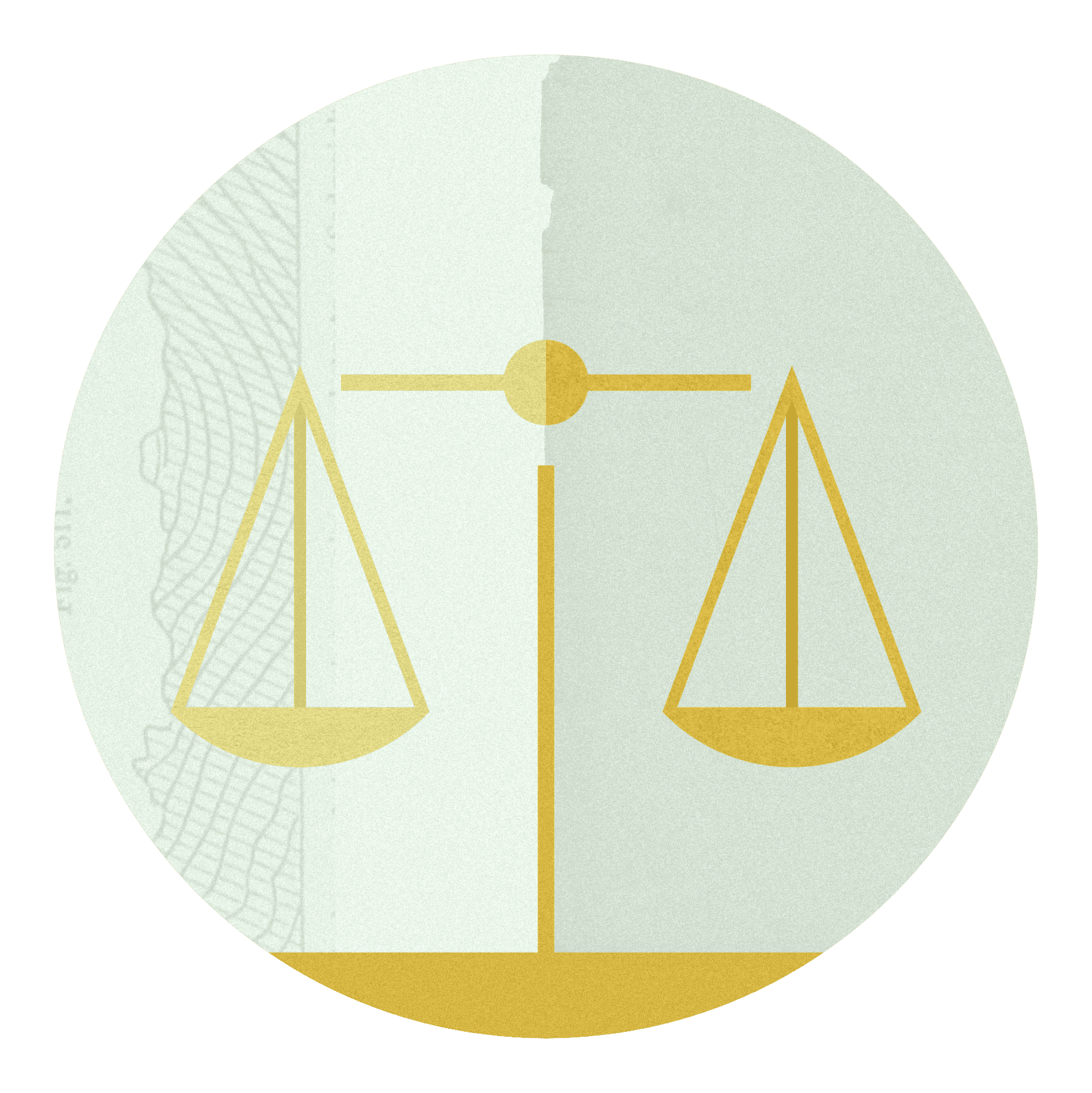We sat down with Jennifer Murtazashvili, the founding director of University of Pittsburgh’s Center for Governance and Markets (CGM) to understand how institutions and governance arrangements affect social order and human well-being. CGM recently was honored with membership in the Open Society University Network for their work with threatened scholars, in particular those from Afghanistan.
What is the Center for Governance and Markets?
The Center explores the impact governance institutions have on peaceful coexistence, freedom, and well-being in the United States and around the world. It’s a place where researchers and students come to get their hands dirty to study and debate these matters. My co-founders and I observed a proliferation of unique, bottom-up solutions striving to solve tough problems. These solutions have become very important at a time when trust in governments is at an all-time low, both in the United States and around the world. We seek to understand these solutions and analyze them with a high level of rigor. We want to understand when these solutions work, but also get a sense of their limitations. Every idea is on the table.
Why is understanding what’s happening at the community level important?
It’s important to look at the world from the perspective of the average citizen — they are the end user of government and governance systems. When you understand why something happens, or why people and communities act in a certain way, you can better understand what policies support human flourishing.
Understanding context means field work. How have you been effective during the pandemic?
Yes, context means going to places, talking to people — not just downloading a dataset and thinking you have the answers. We launched the Center about six weeks before the COVID shutdowns. In the absence of in-person events and field research, we relied on our huge network of global partners and have done virtual interventions, roundtables, and convenings to explore what’s happening in communities. For example, we conducted more than 60 virtual interviews In Nepal to help us understand how a move to federalism has helped that country recover from a civil war. This wasn’t ideal, but we had to keep going despite restrictions.
Your personal experience is mainly in post-conflict areas. What have you learned?
Society is governed by formal rules and informal ones. The bigger the gap between the two, the more likely there will be violent conflict. The question then is, how do we shrink the gap? Normally people think that in less developed communities the answer is the state coming in and imposing order. We see this a lot in public policy: officials want to take so-called “backwards” communities and making them more “civilized.” There is a role for government, but rather than pushing communities to be more state-like, we seek to understand the indigenous institutional diversity that allows communities to have agency in their own development. We seek to open up the black box of community rules to help us understand how they tick — and to understand both successes and failures.
Why is governance research important for U.S. regions, not just developing nations?
As a center located in the heart of the Rust Belt, we noticed that there was not a lot of comparative analysis that looks at economic and political institutions to determine the various outcomes in this region and in others. And very little research talks to actual people. Another problem is some concepts — sense of community, for example, or the culture surrounding innovation — are hard to measure.
Now that COVID restrictions have eased, we are returning to our plan to do institutional analysis that could explain, for example, why Pittsburgh has recovered from the manufacturing decline better than other cities. The hypothesis that many people point to is the presence of universities and philanthropy. But this explanation does not have much of a role for policies or citizens. We will explore the configuration between local policies, social norms, and other factors to help us understand why some cities recovered more fully from the collapse of industrialization.
As you’ve suggested, institutional diversity and pluralism are important for progress. How does the Center honor that goal itself?
Empathy and a sense of our own fallibility are critical to our work. Humility is how we bring diverse perspectives together. We shouldn’t all be thinking the same way about things — diversity is what drives innovation and progress. To improve society, humans must engage people who don’t share their ideas. When we don’t, it drives hate. Elinor Ostrom, the Nobel Prize economist who inspires the Center’s work, said there are no panaceas. The Center doesn’t have a viewpoint. We have a bottom-up lens that allows us to see the world from a different perspective. This is a methodology. We’re committed to testing and debating our ideas to find out where we’re right and wrong.











